Train stations have long served as more than mere transportation hubs—they stand as monuments to human ingenuity, architectural achievement, and the golden age of rail travel. These magnificent structures once represented the pinnacle of technological progress, connecting distant communities and transforming commerce across continents.
Many historic stations have been lovingly preserved or restored, offering modern visitors a glimpse into an era when train travel symbolized luxury, adventure, and possibility.
Here is a list of 14 remarkable historic train stations worth exploring for their architectural splendor and cultural significance.
Grand Central Terminal
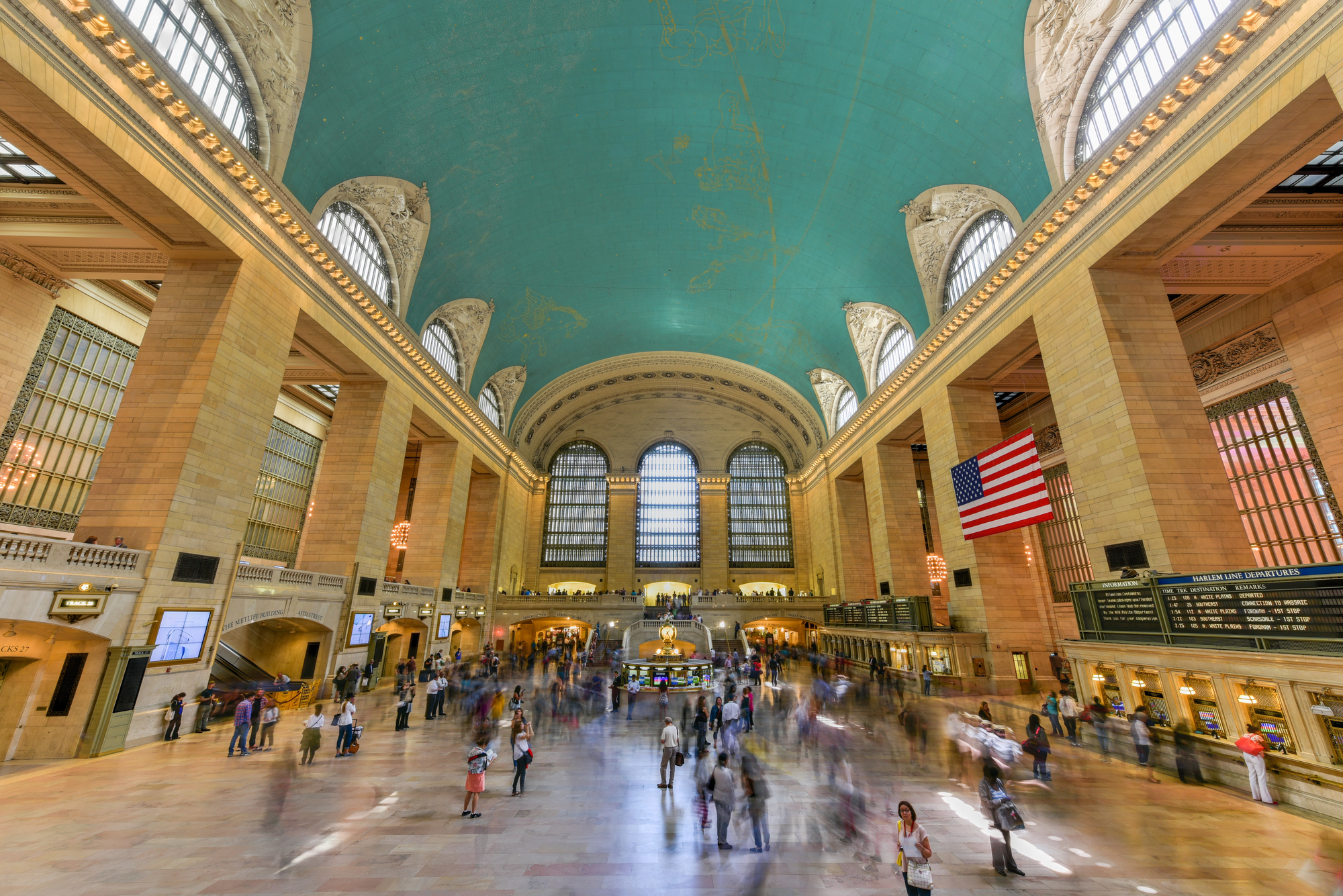
New York City’s cathedral to transportation features a celestial ceiling mural spanning 25,000 square feet, displaying 2,500 stars arranged in their proper constellations. The famous four-faced clock atop the information booth contains opal faces valued at over $20 million.
Despite handling thousands of commuters daily, the terminal’s whispering gallery near the Oyster Bar restaurant allows visitors to experience an acoustic marvel—stand at diagonal corners and whisper into the wall to hear each other perfectly across the vast space.
Union Station DC
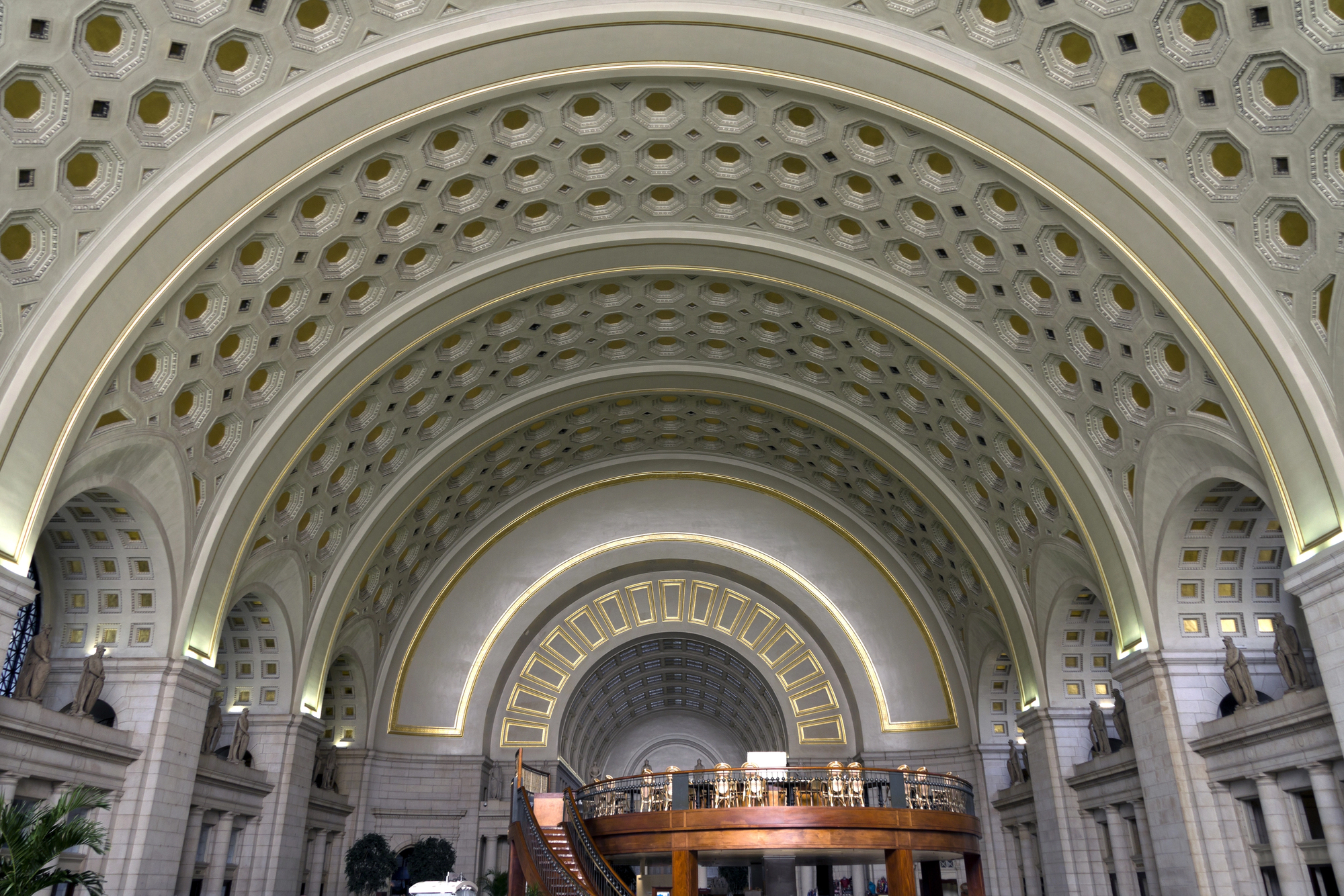
Washington’s main train terminal combines classical elements with Beaux-Arts grandeur on a monumental scale appropriate to the nation’s capital. The massive main hall spans 96 feet high with gold leaf coffering that took artisans years to complete by hand.
During World War II, up to 200,000 travelers passed through the station daily, including countless troops heading to or returning from overseas deployment. The building served as the backdrop for numerous historic arrivals and departures of presidents, diplomats, and dignitaries throughout American history.
Like Travel Pug’s content? Follow us on MSN.
St. Pancras International
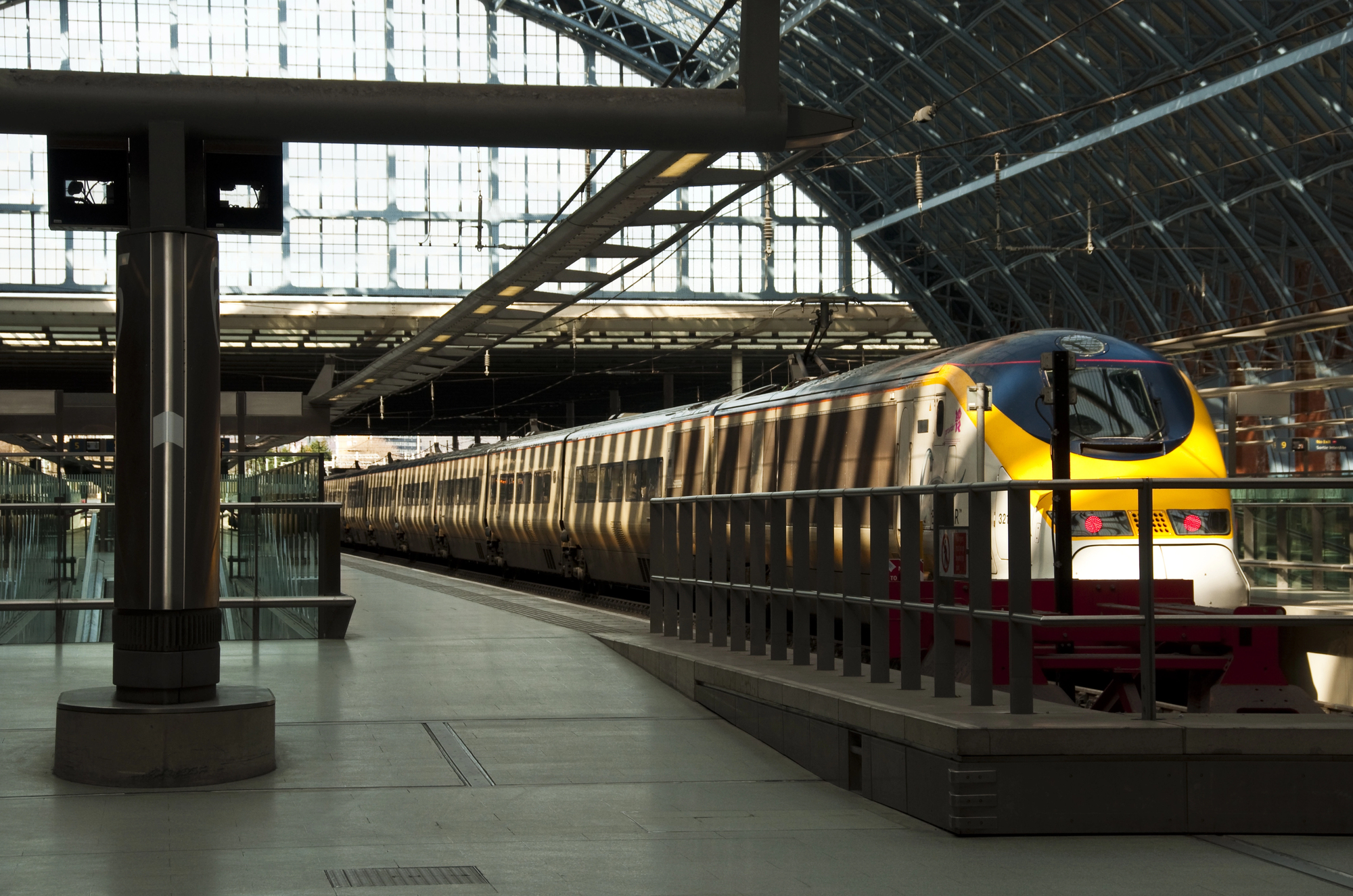
This Victorian Gothic masterpiece in London was nearly demolished in the 1960s before being saved by preservationists and ultimately restored to its former glory. The station’s massive arched train shed, completed in 1868, remained the largest single-span roof in the world for years after its construction.
The recently restored five-star Renaissance Hotel occupies the building’s façade, allowing guests to stay in converted railway offices with soaring ceilings and original architectural details. The station’s famous 30-foot bronze statue, ‘The Meeting Place,’ depicts a loving embrace underneath the iconic station clock.
Gare du Nord
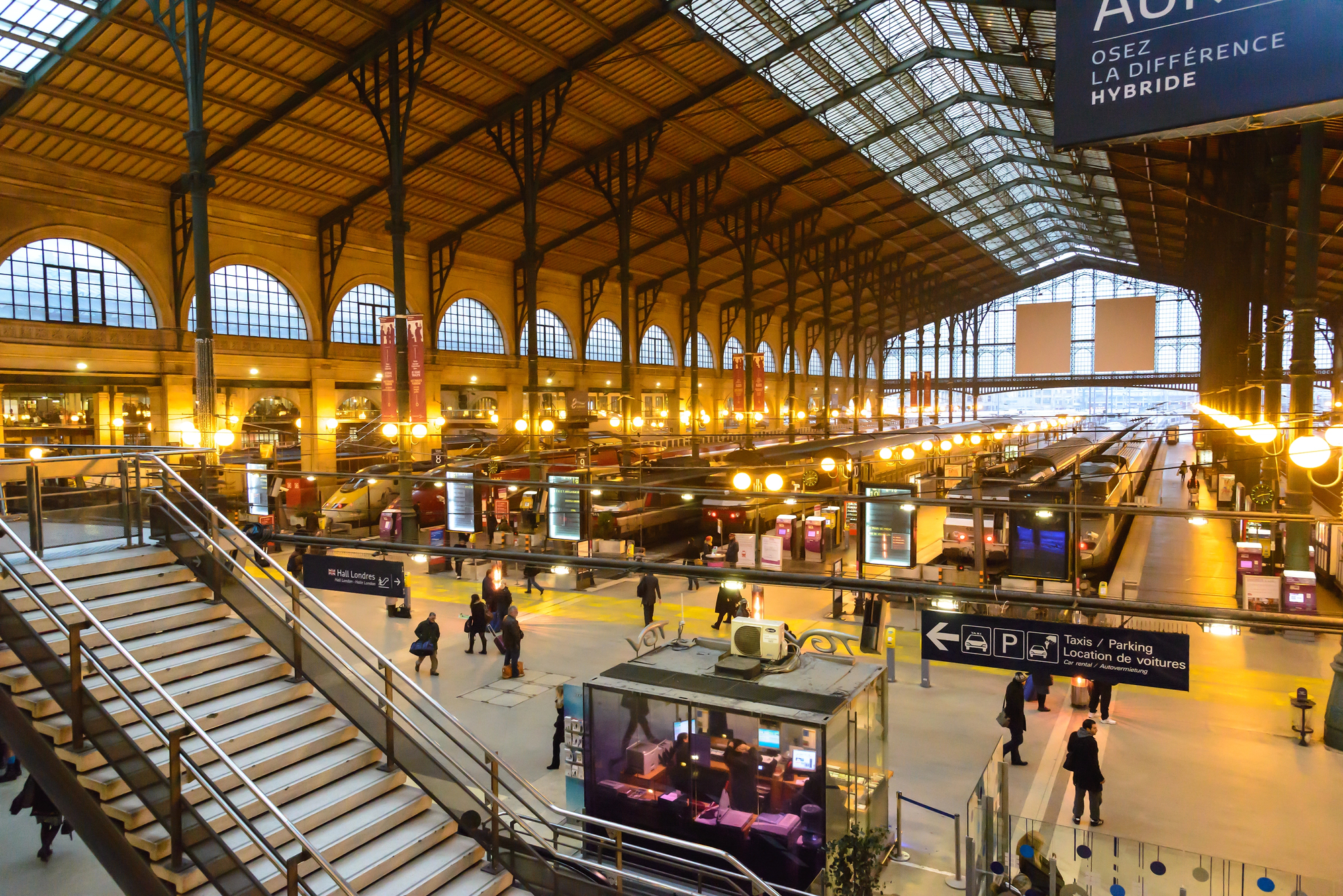
Paris’s busiest station serves over 700,000 people daily beneath its massive iron and glass train shed, supported by elegant classical columns. The station’s façade features 23 female statues representing the destinations served by the original railway company, with the largest statue representing Paris in the center.
Literary fans might recognize the station from scenes in famous novels, including Anna Karenina and The Mystery of the Blue Train. Despite its age, this 1864 structure remains one of Europe’s most important transportation hubs, linking Paris with northern France, Belgium, and beyond.
Milano Centrale
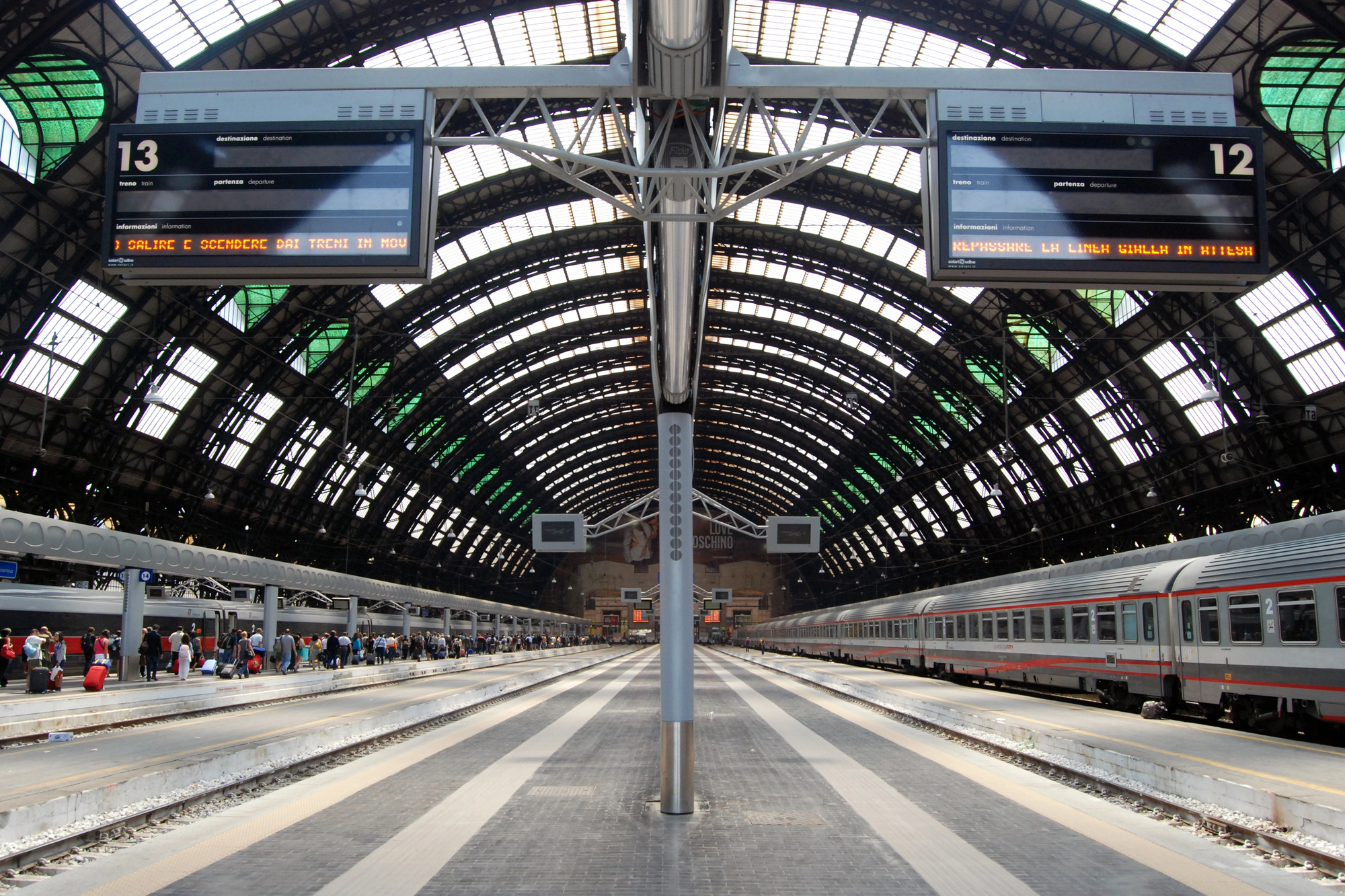
Mussolini’s influence dramatically altered the original plans for this station, transforming it into a monument to fascist architecture with its imposing scale and stark, powerful lines. The vaulted central hall features enormous marble columns supporting intricate steel arches that blend classical Roman elements with industrial modernity.
The station contains over 118,000 square feet of marble in various colors from quarries throughout Italy. Despite its problematic political origins, the building stands as one of Europe’s most architecturally distinctive transportation hubs.
Like Travel Pug’s content? Follow us on MSN.
Chhatrapati Shivaji Terminus
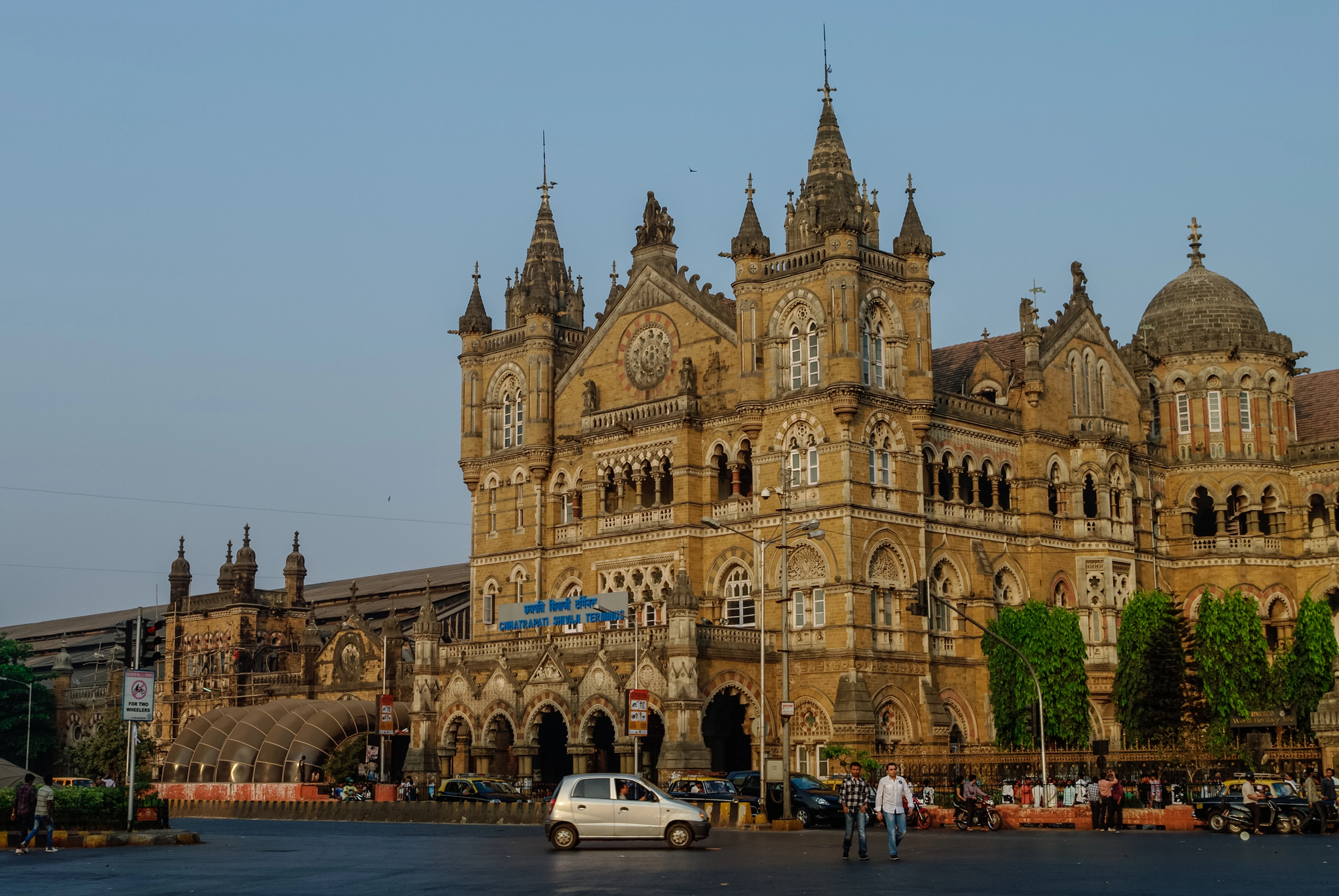
Formerly Victoria Terminus, this UNESCO World Heritage Site in Mumbai blends Victorian Gothic Revival and traditional Indian architectural elements into a unique fusion style. The central dome, turrets, pointed arches, and eccentric ground plan are topped with peacocks, gargoyles, and elaborate ornamentation representing both British and Indian design traditions.
Construction took ten years to complete, with the station opening in 1887 to commemorate Queen Victoria’s Golden Jubilee. The terminal continues to serve over three million commuters daily, making it one of the busiest railway stations in India.
Kuala Lumpur Railway Station
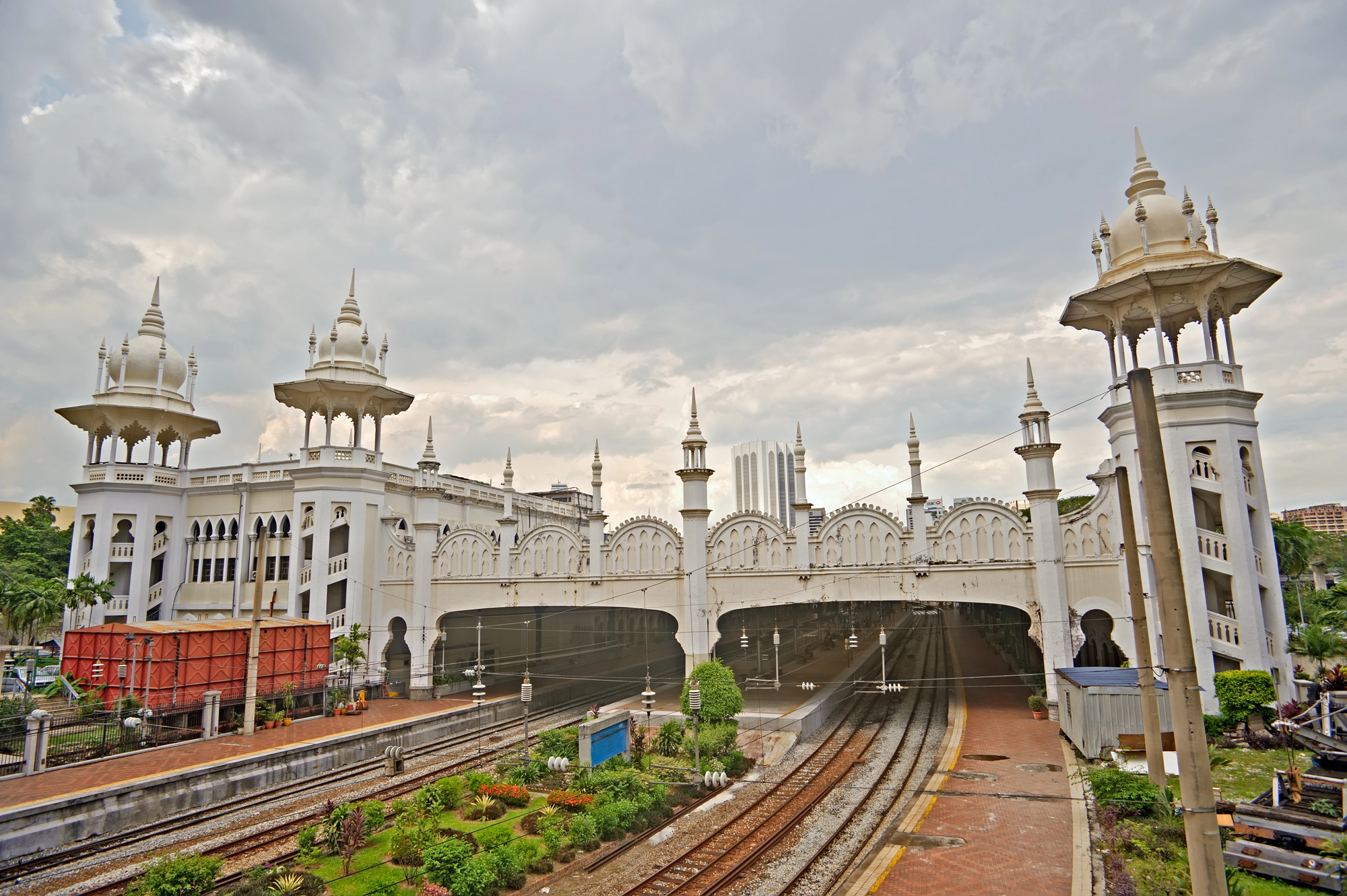
This fantasy-like structure blends Moorish, Indo-Saracenic, and Western architectural elements into a distinctive landmark that once served as Malaysia’s main railway hub. White minarets, sweeping arches, and intricate latticework create an almost fairy-tale appearance despite the building’s serious transportation purpose.
The station’s architect, Arthur Benison Hubback, designed numerous buildings throughout Malaysia in this distinctive fusion style, helping define the architectural character of colonial-era Kuala Lumpur. Though no longer the city’s main terminal, the carefully preserved building continues to serve commuter lines.
Antwerp Central
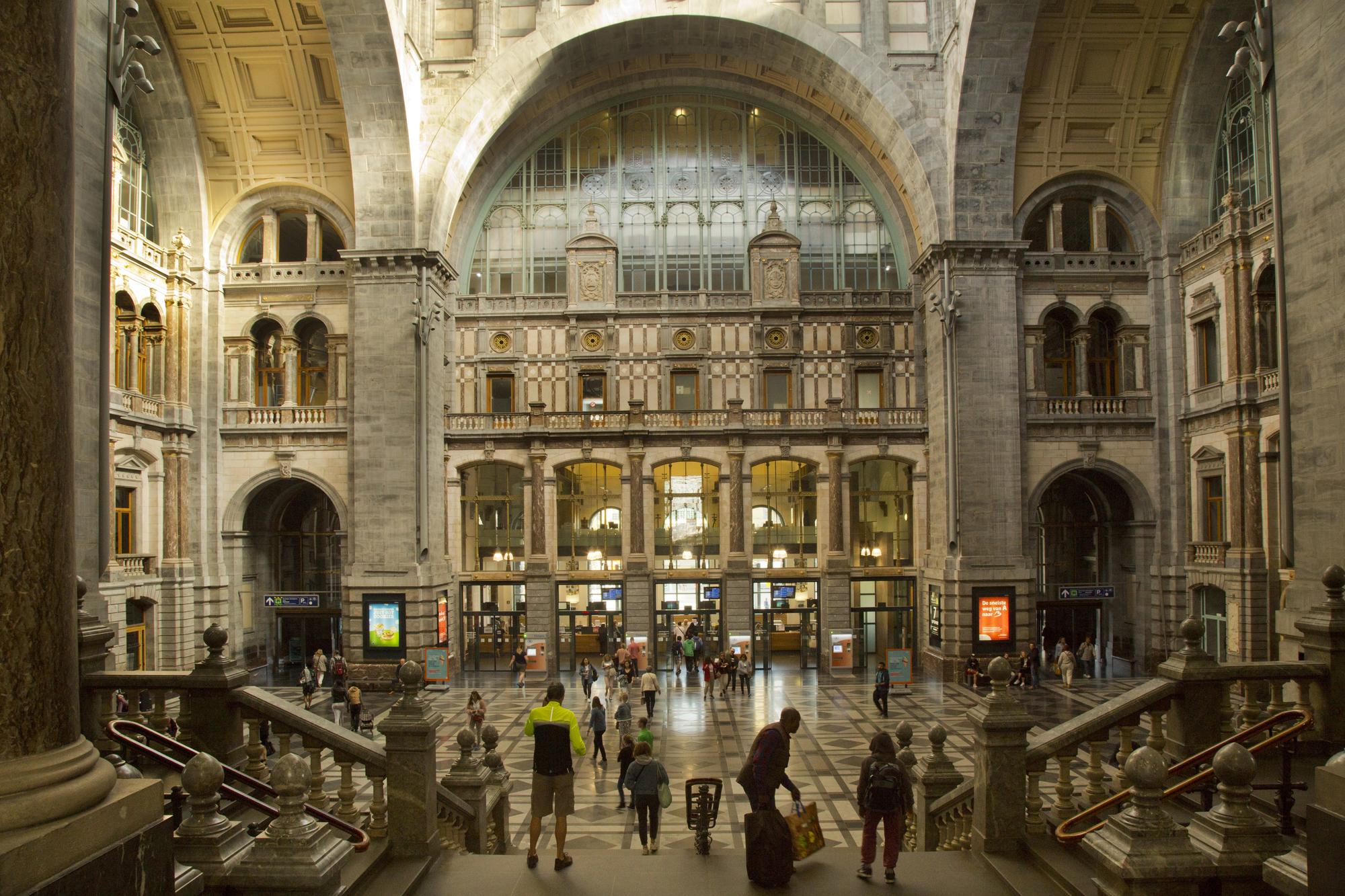
Often regarded as the most beautiful railway station in the world, this Belgian masterpiece resembles a cathedral more than a transportation facility. The massive dome, marble stairways, and iron and glass train shed required a team of over 100 architects and artists working for nearly 10 years.
The station features over 20 different types of marble and stone from around the world incorporated into its ornate design. A recent renovation added three additional levels of tracks below the original structure, creating a modern transportation hub without sacrificing the historic architecture above.
Like Travel Pug’s content? Follow us on MSN.
Sirkeci Station
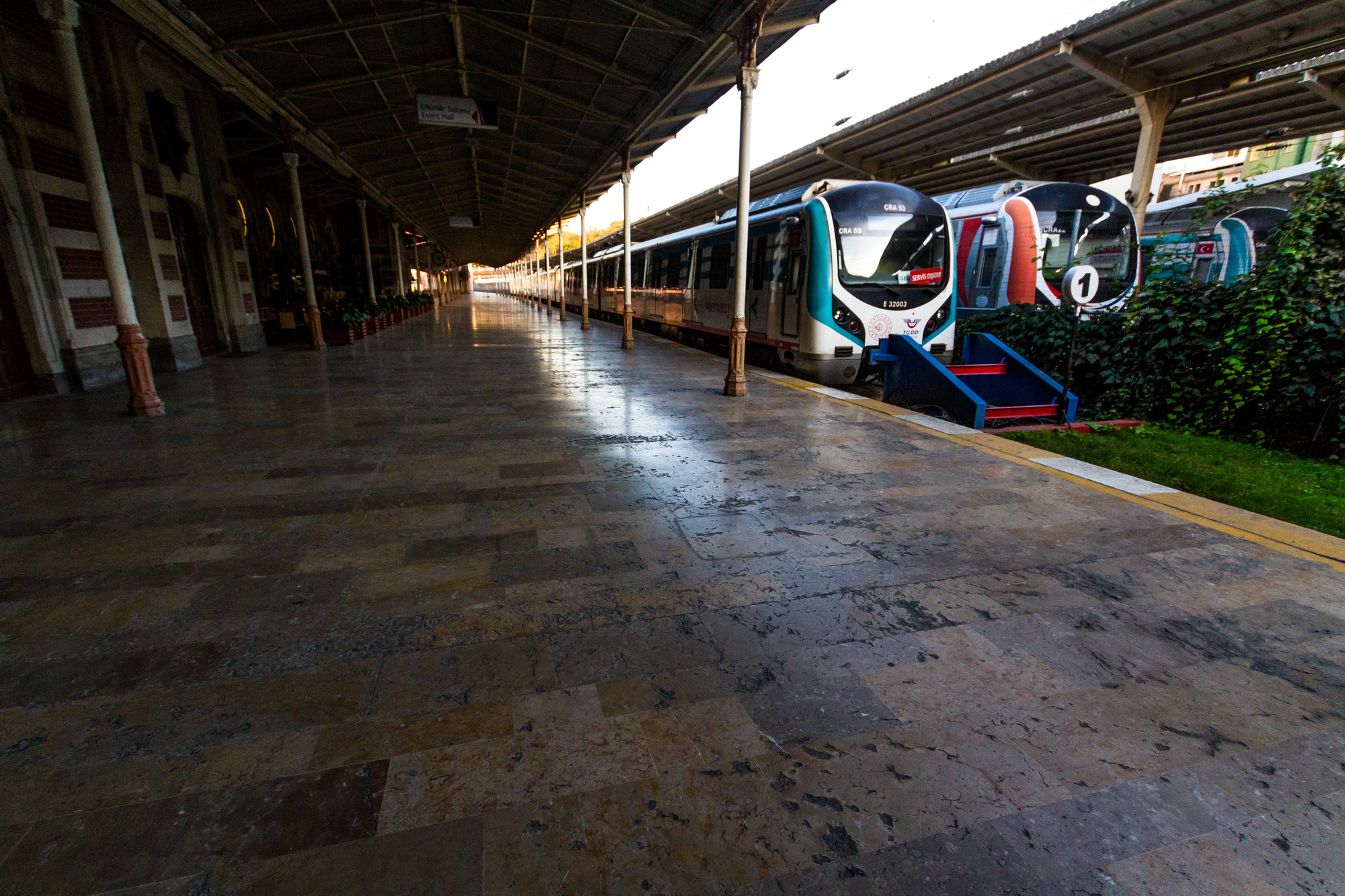
As the eastern terminus of the original Orient Express, this Istanbul station represented the gateway between Europe and Asia for luxury travelers. The building’s architect, August Jasmund, incorporated numerous Ottoman decorative elements into the design, creating a distinctly Turkish interpretation of European station architecture.
Delicate ironwork, colorful tiles, and stained-glass windows create an atmosphere that hints at the exotic destinations beyond. The station’s small museum displays artifacts and photographs from the golden age of the Orient Express, allowing visitors to imagine the famous journey as it once was.
Flinders Street Station
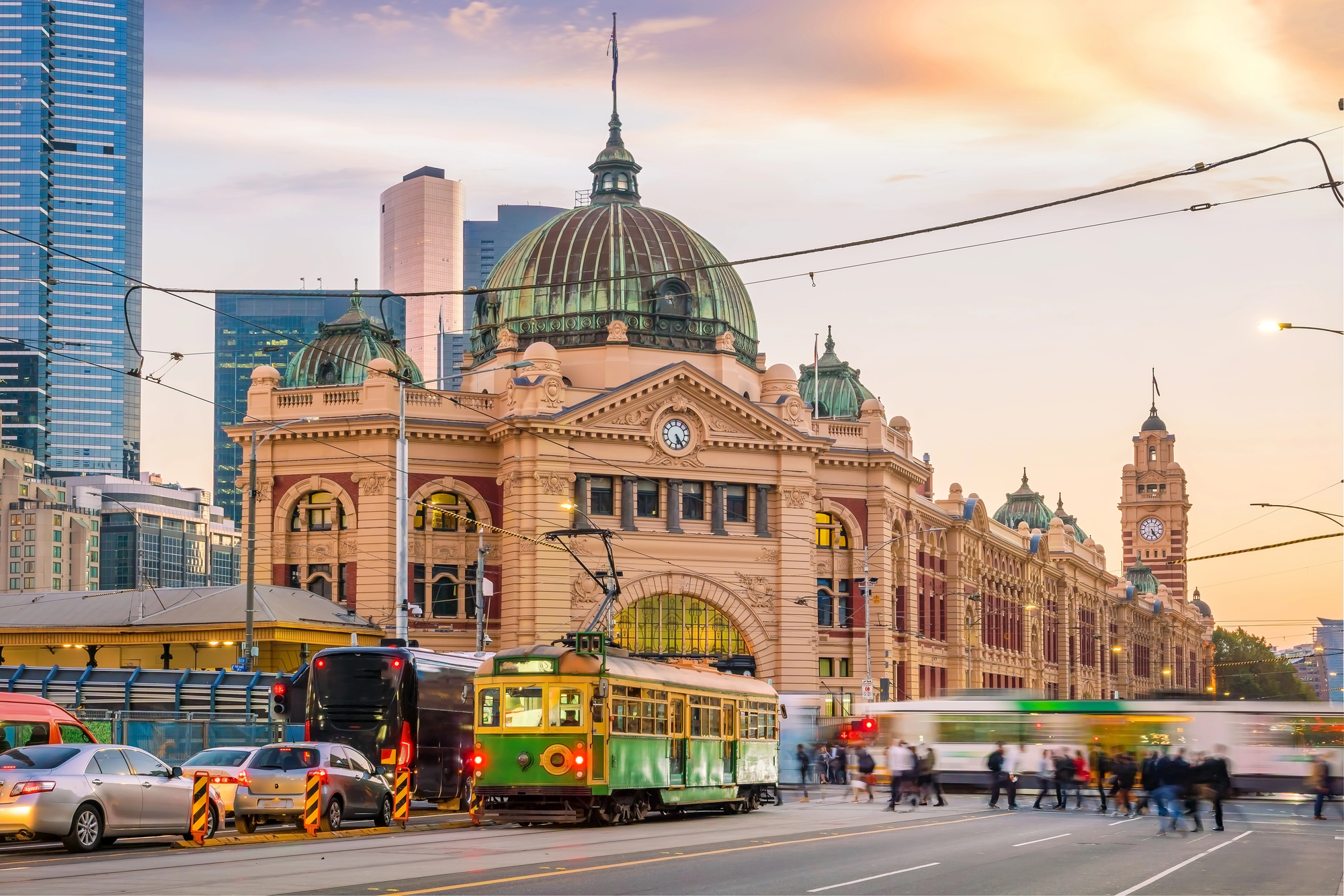
Melbourne’s iconic station features the world’s longest single platform at over 2,000 feet and one of Australia’s most recognizable façades. The distinctive row of clocks above the main entrance has been a popular meeting spot for generations of Melburnians, with the phrase ‘meet me under the clocks’ entering local vocabulary.
The building’s elaborate Edwardian Baroque style with its prominent dome, arched entrance, and tower resulted from an international design competition won by railway employees James Fawcett and H.P.C. Ashworth. Despite numerous proposed redevelopments over the years, public attachment to the historic structure has ensured its preservation.
Kanazawa Station
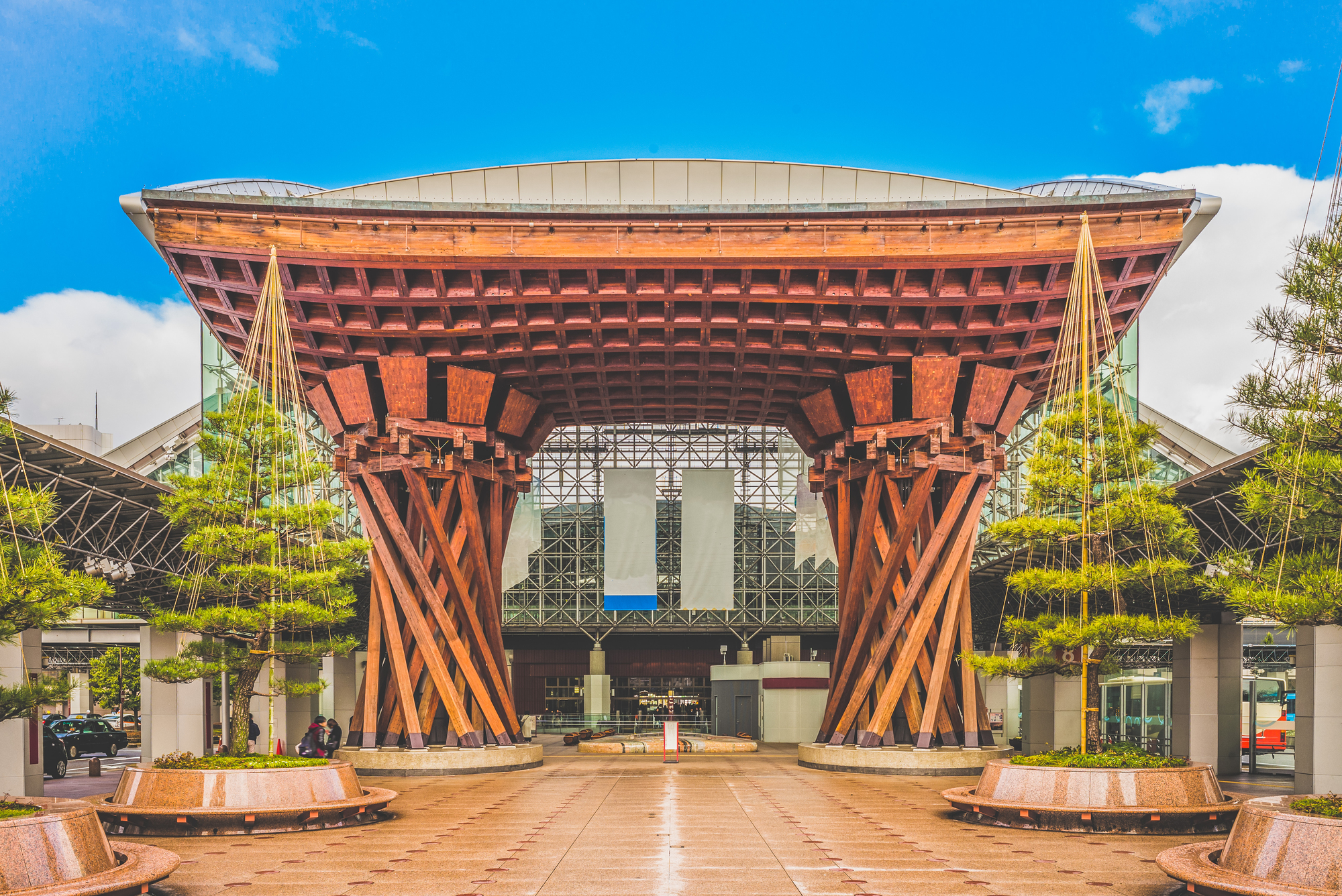
This Japanese station demonstrates how historic transportation hubs can incorporate dramatic modern elements while honoring traditional culture. The massive contemporary glass and steel dome creates a dramatic counterpoint to the traditional wooden Tsuzumi Gate that marks the station entrance.
These enormous wooden gate pillars reference traditional Japanese drums, creating an instantly recognizable landmark that has become a symbol of the city. The dramatic contrast between ultramodern and traditional elements reflects Japan’s approach to preserving cultural heritage while embracing technological advancement.
Like Travel Pug’s content? Follow us on MSN.
Maputo Railway Station
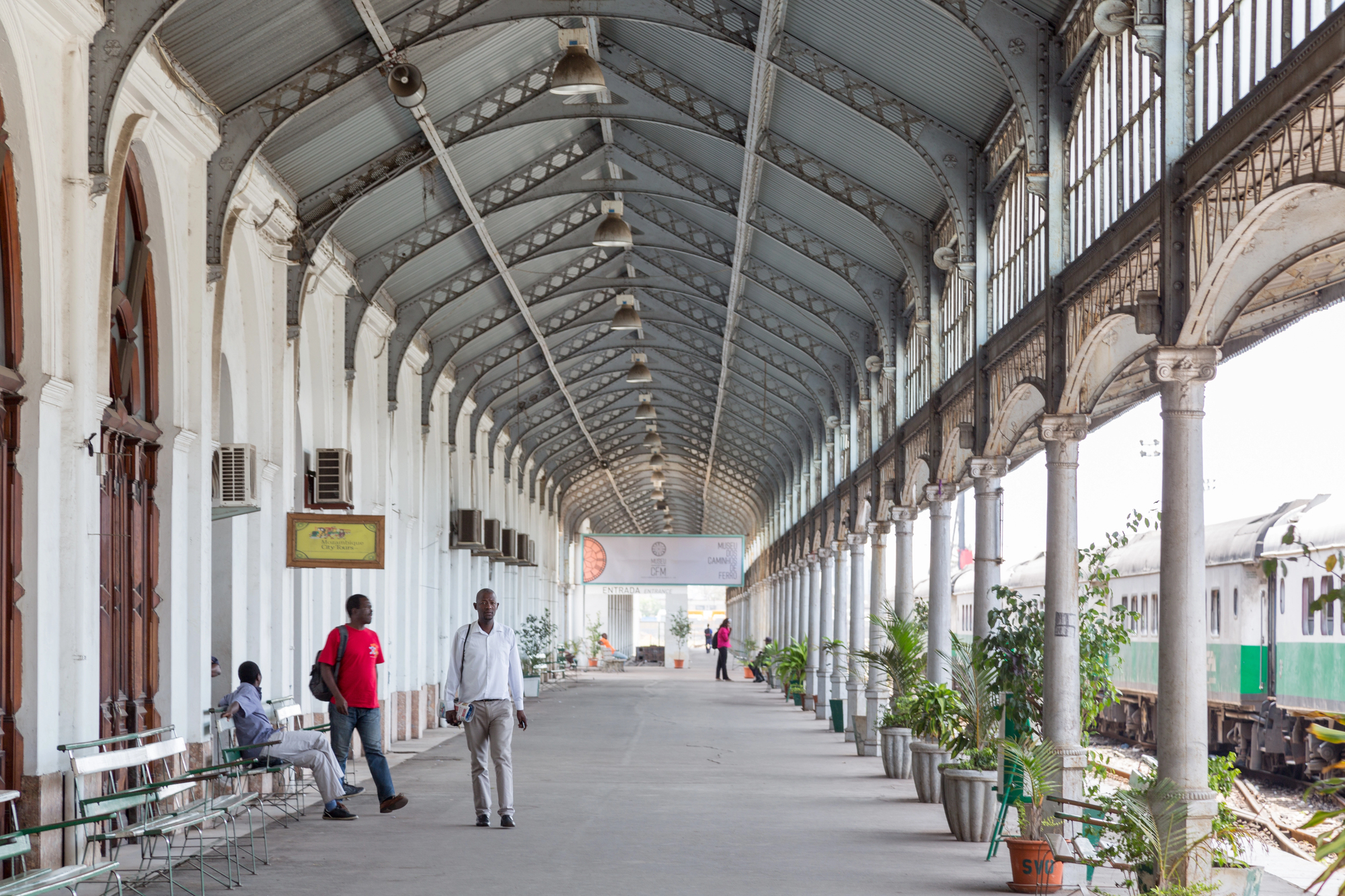
Designed by Gustave Eiffel’s company before he created his famous tower, this pastel-green structure in Mozambique features a beautiful central dome, wrought-iron latticework, and marble columns. The building regularly hosts art exhibitions in its concourse, transforming the transportation hub into a cultural center for the city.
Despite Mozambique’s turbulent colonial history and civil war, the station has survived remarkably intact as a monument to architectural achievement. The beautiful façade appears on numerous postcards and tourist materials as one of the city’s most photogenic landmarks.
São Bento
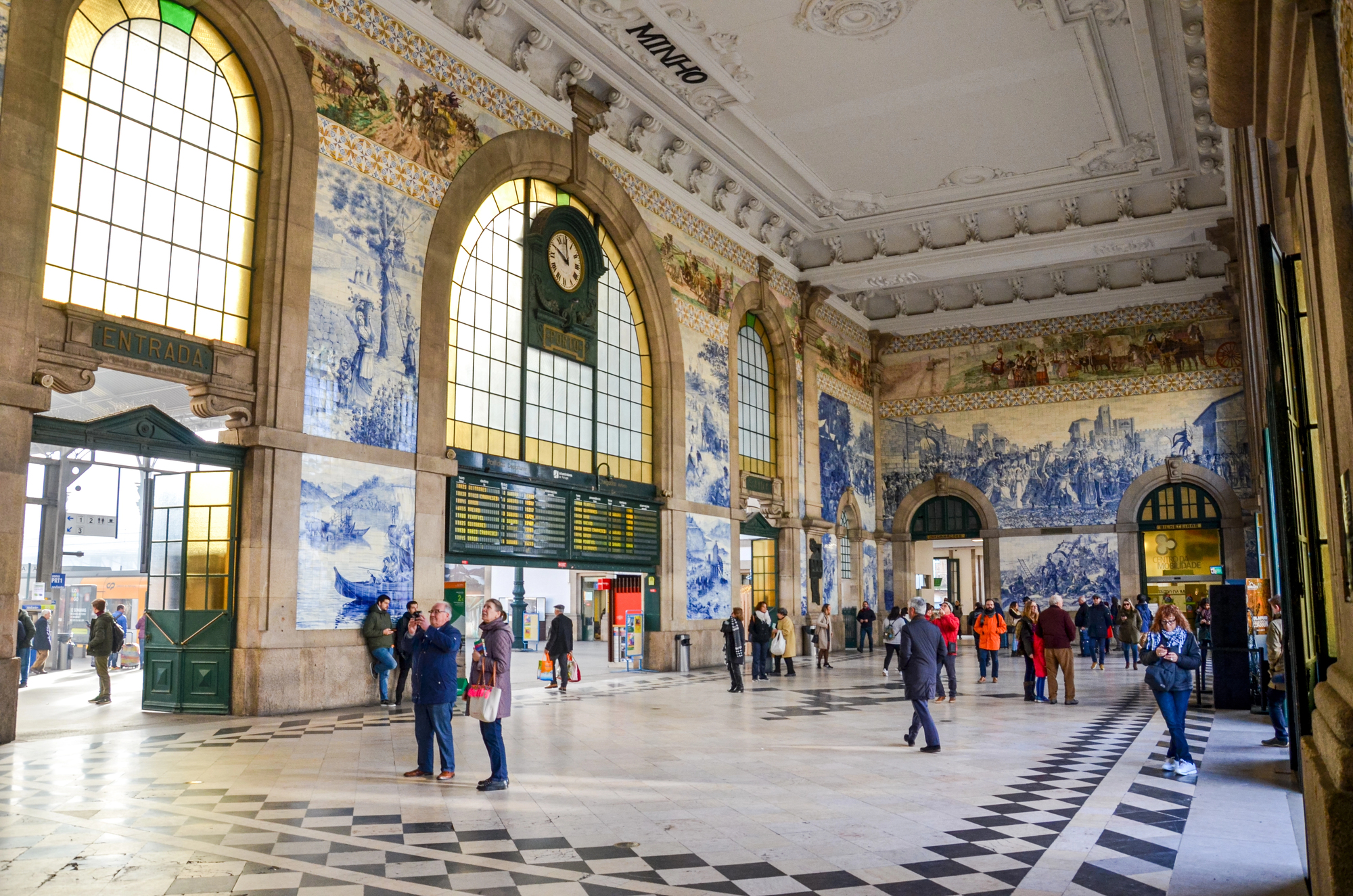
Porto’s central station contains over 20,000 decorative blue and white ceramic tiles depicting Portugal’s history in stunning detail. Artist Jorge Colaço spent 11 years creating these azulejo masterpieces that transform the otherwise functional building into a national artistic treasure.
The murals portray famous battles, royal processions, transportation evolution, and rural life in the Portuguese countryside. Beneath this artistic showcase, the station continues to serve as a vital transportation hub, demonstrating how practical infrastructure can simultaneously function as cultural heritage.
Cincinnati Union Terminal
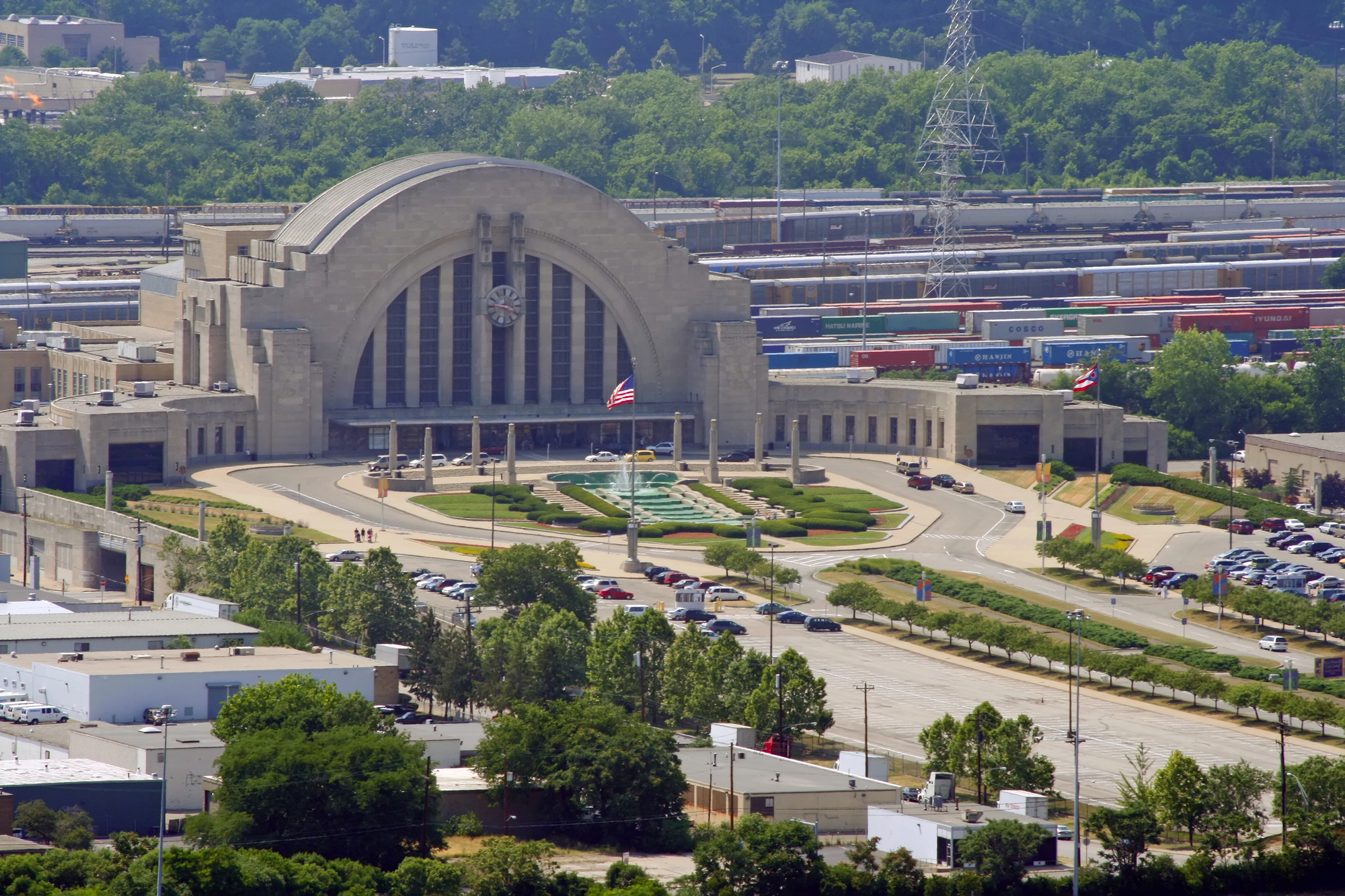
This Art Deco masterpiece features one of the largest half-dome structures in the western hemisphere, spanning 180 feet wide and 106 feet high. The distinctive color-coded tile murals by Winold Reiss depict the history of transportation and Cincinnati’s industrial heritage in vibrant hues that define the Art Deco aesthetic.
Though passenger service has been significantly reduced, the building now houses multiple museums, theaters, and exhibition spaces as part of the Cincinnati Museum Center. The station’s iconic façade appeared in numerous films and inspired the Hall of Justice in Super Friends cartoons, cementing its place in American popular culture.
Like Travel Pug’s content? Follow us on MSN.
Cathedrals of the Industrial Age
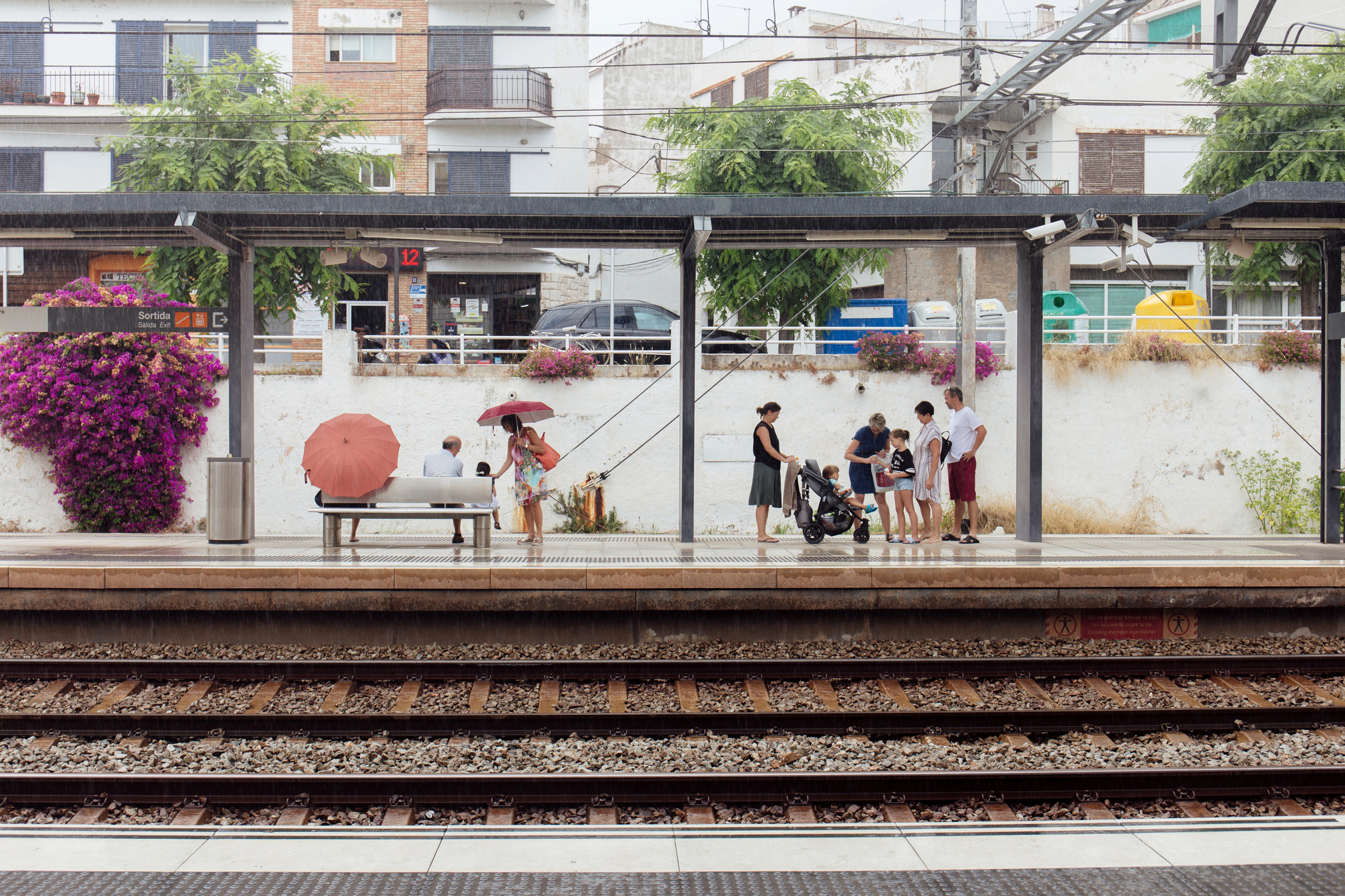
These magnificent structures serve as reminders of an era when train travel represented the cutting edge of technology and train stations were designed as gateways worthy of the revolutionary mode of transportation they served. While many historic stations have been demolished or repurposed beyond recognition, these preserved examples allow modern visitors to experience the grandeur of rail’s golden age.
The continuing fascination with these buildings demonstrates how infrastructure, when created with attention to beauty and cultural significance, transcends mere utility to become beloved landmarks worth preserving for future generations.
More from Travel Pug

- Cities Growing so Fast You Won’t Recognize Them in 10 Years
- 13 Destinations Where Tourists Regularly Regret Their Trip
- 16 U.S. Cities That Are Quietly Becoming Travel Hotspots
- Where to Travel If You Love Long Bus Rides and Daydreams
- 20 Cities Perfect for Solo Travelers Who Crave Adventure & Culture
Like Travel Pug’s content? Follow us on MSN.
